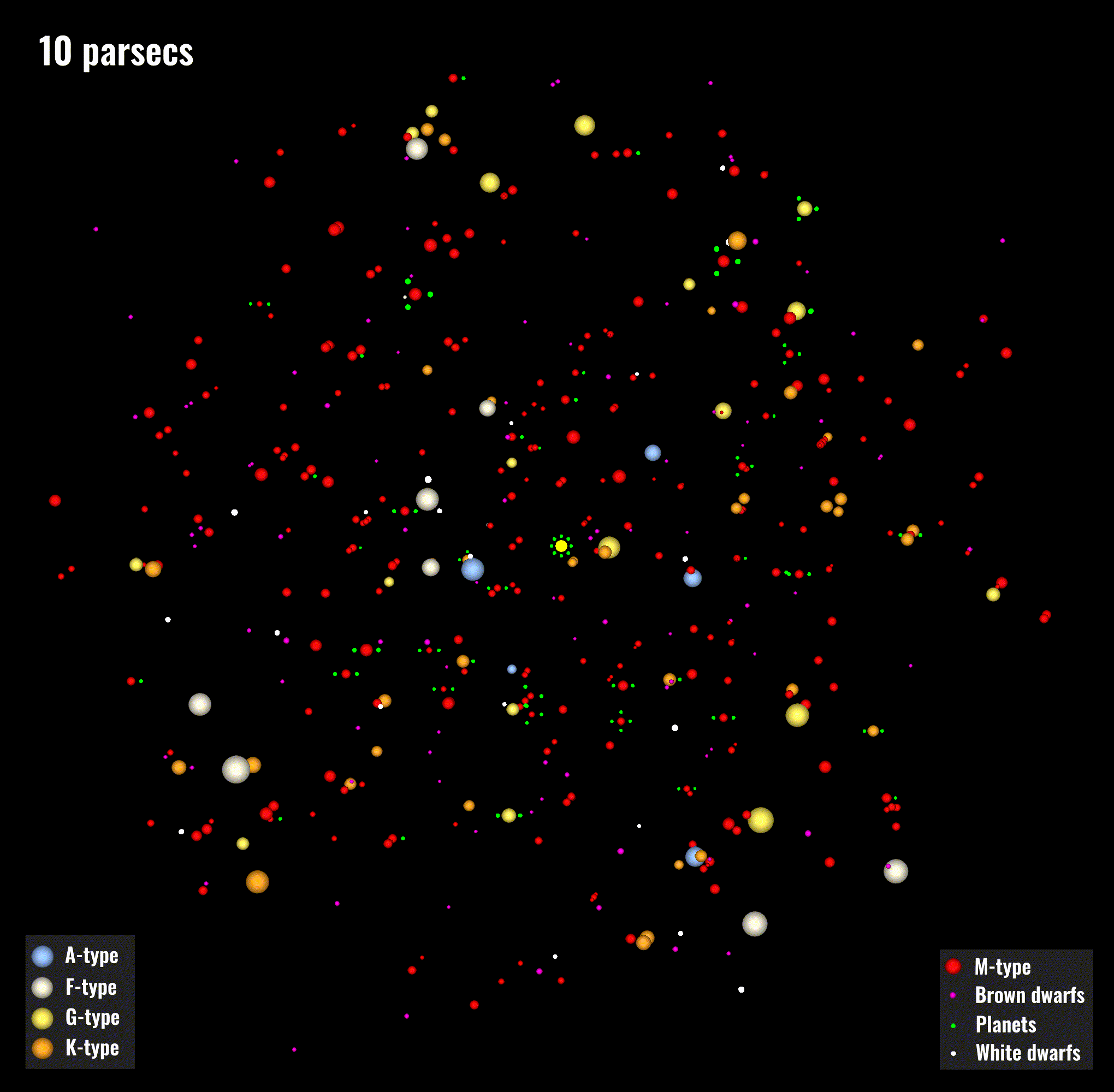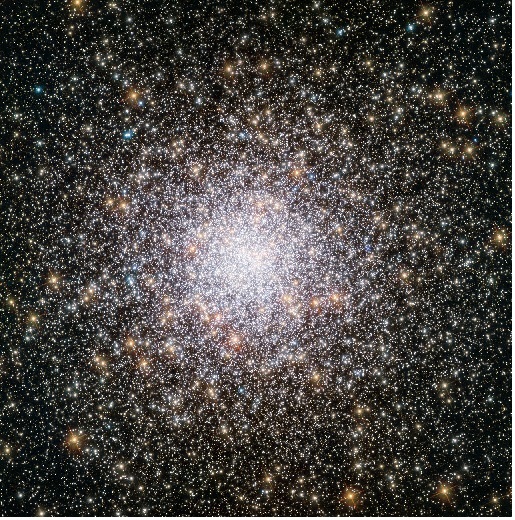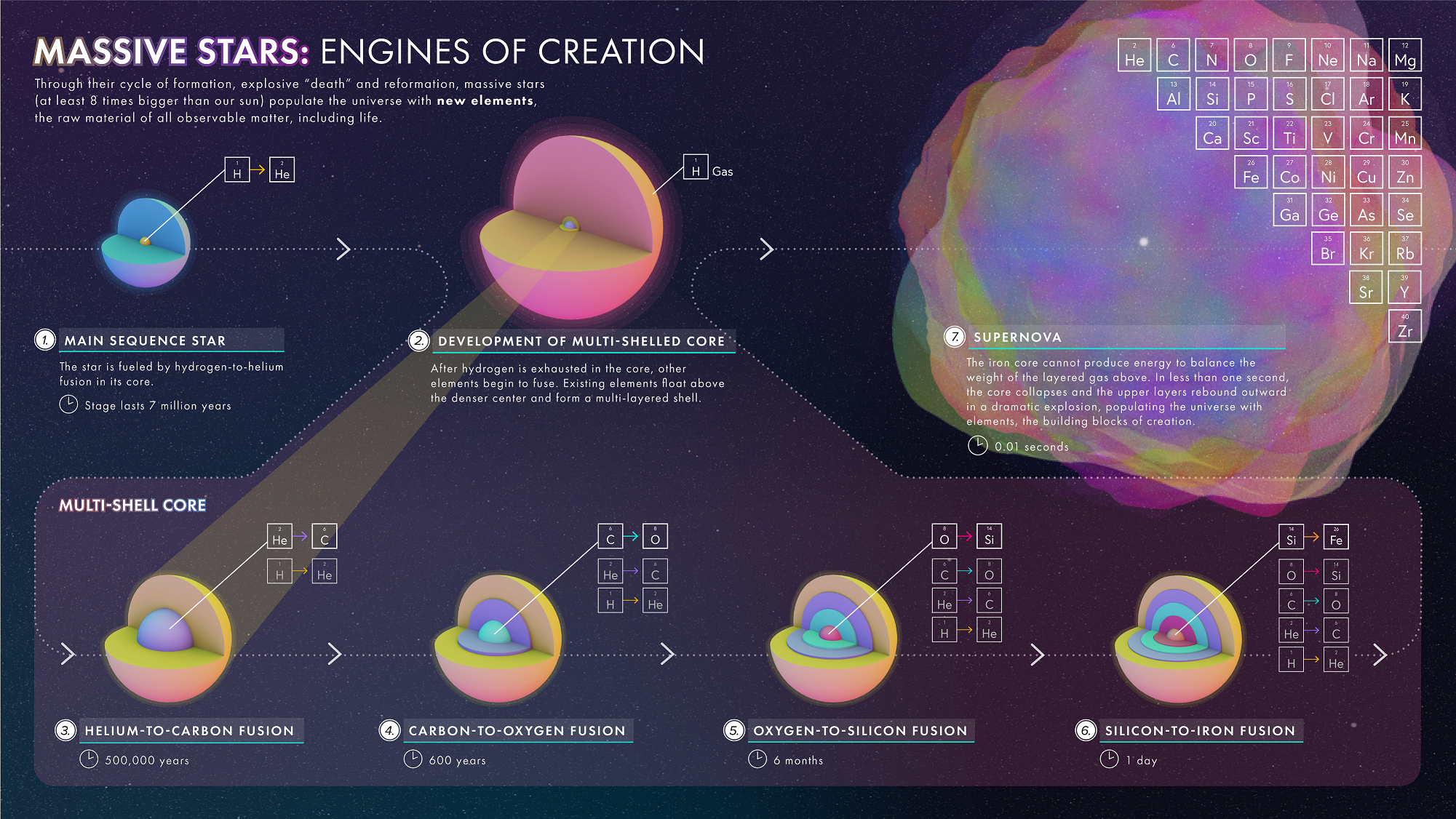Stars Lifecycle#
Introduction
Topics
Introduction
Difficulty: 🟢
Status:
- 🔥
Needs: 🏸 - 💏
Read time: 5 min
Machinery
Difficulty: 🟡
Status:
- 🔥
Needs: 🏸 - 💏
Read time: 5 min
Birth, Life & Death
Difficulty: 🔴
Status:
- 🔥
Needs: 🏸 - 💏
Read time: 1h
✨
The Sun
What is a Star#
How do they work#
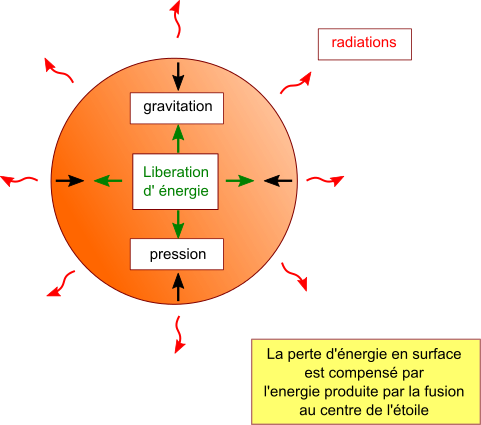
Fig. 8 source:#
Life#
HR diagram#
During most of a star’s lifetime, the interior heat and radiation is provided by nuclear reactions in the star’s core. This phase of the star’s life is called the main sequence.
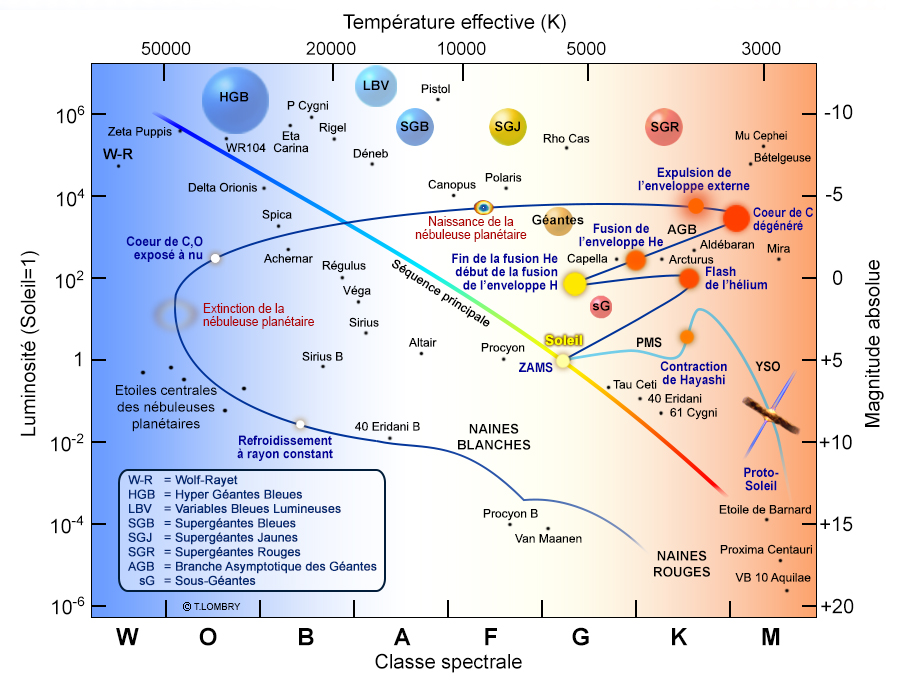
Fig. 10 source:#
- Main Sequence
- Red Giant
- …
Note
How the initial mass of the star influence the rest of it’s life
How do they die#
At some point, the star will run out of material in its core for those nuclear reactions. When the star runs out of nuclear fuel, it comes to the end of its time on the main sequence. If the star is large enough, it can go through a series of less-efficient nuclear reactions to produce internal heat. However, eventually these reactions will no longer generate sufficient heat to support the star against its own gravity and the star will collapse
- Process dependant on the mass

